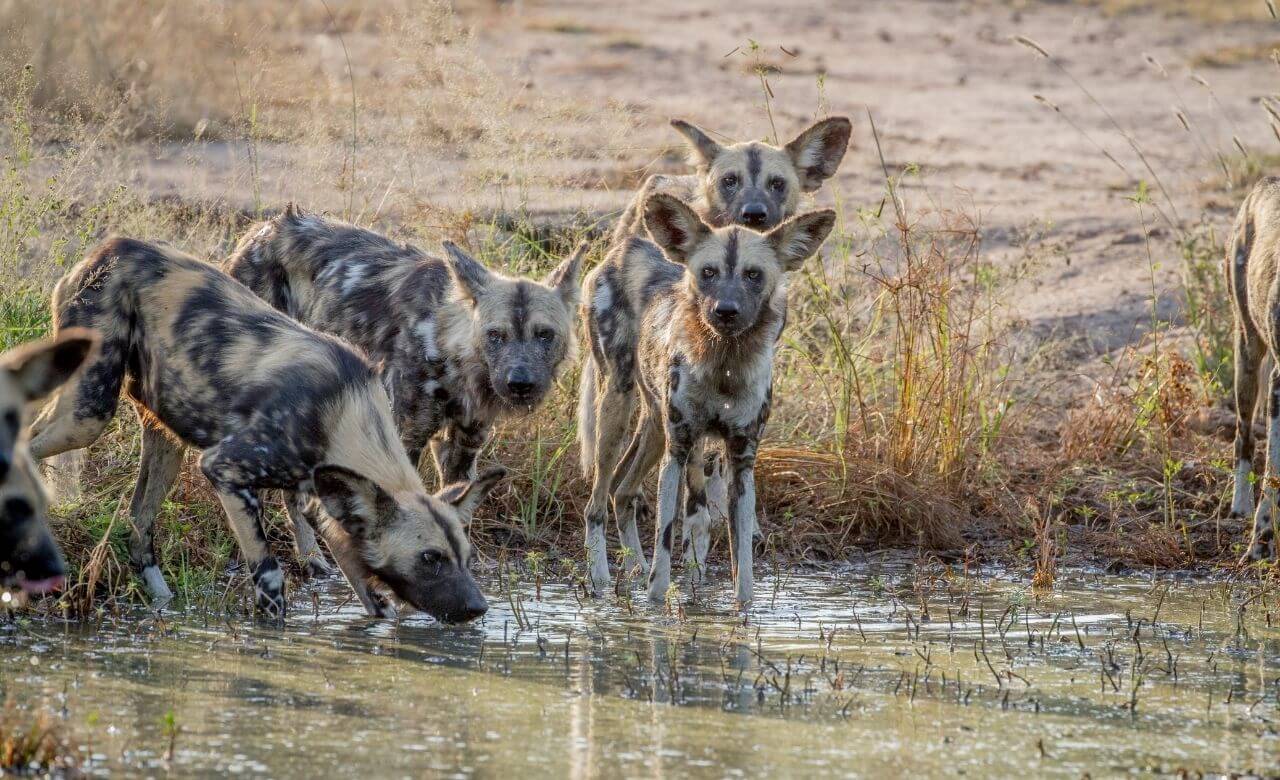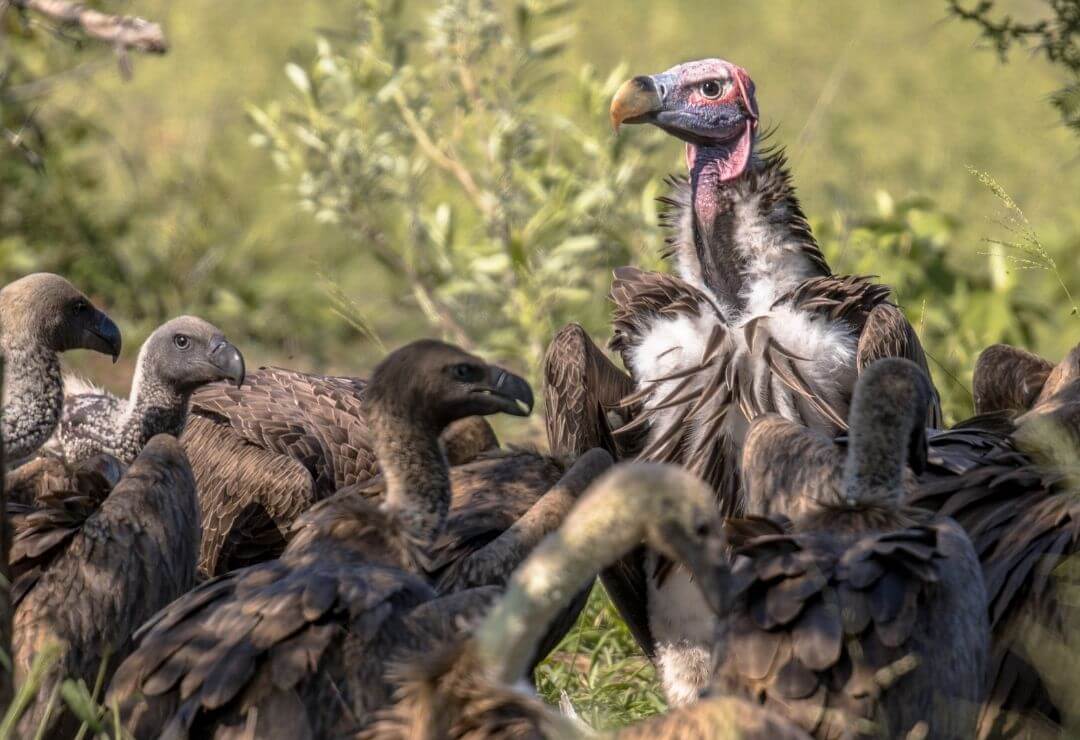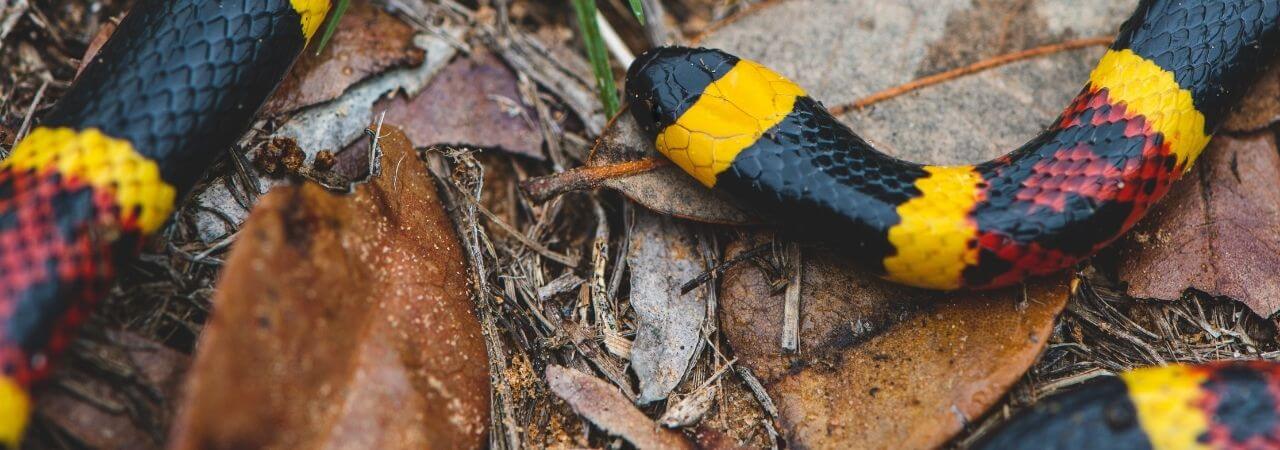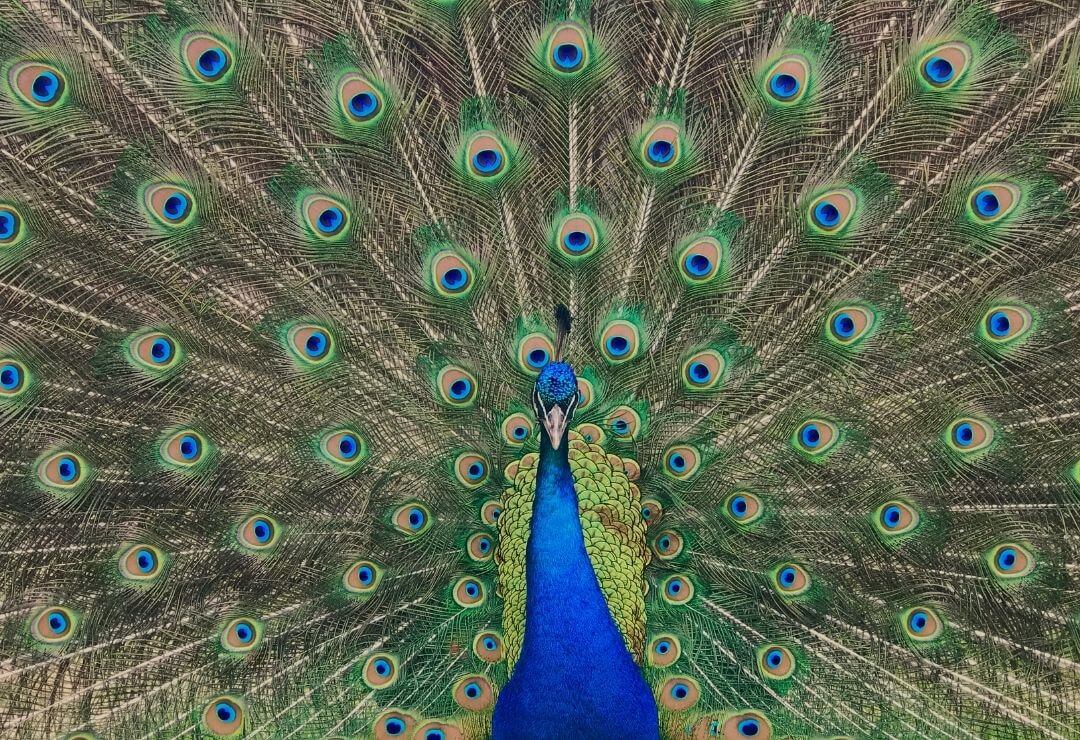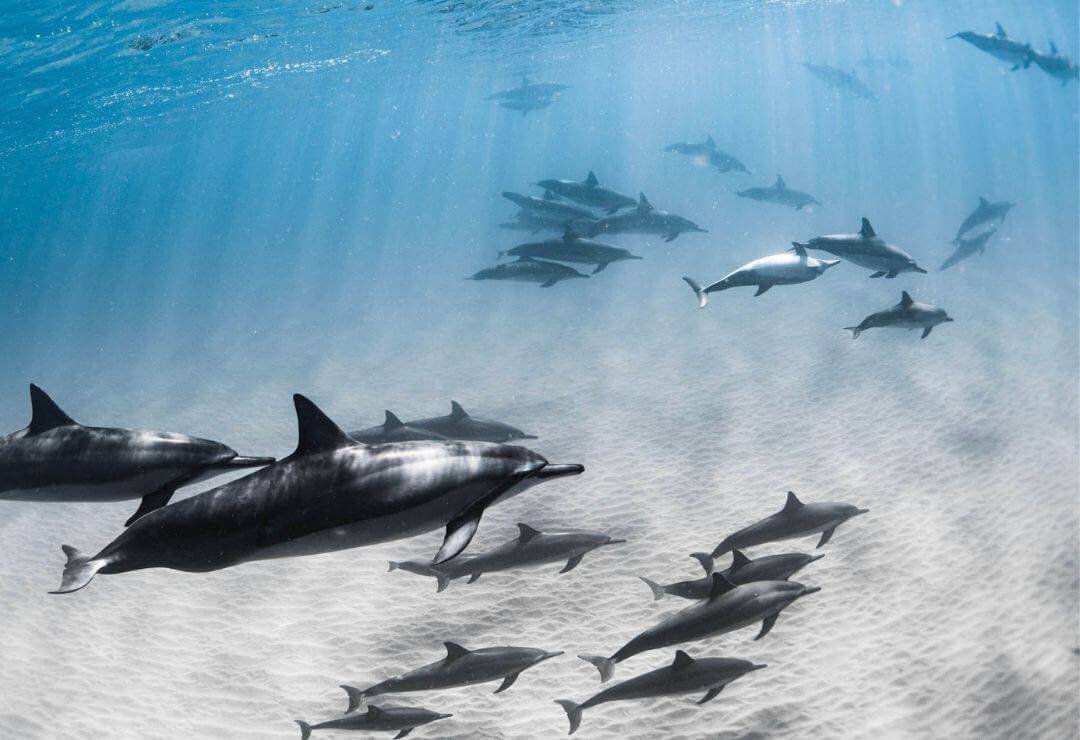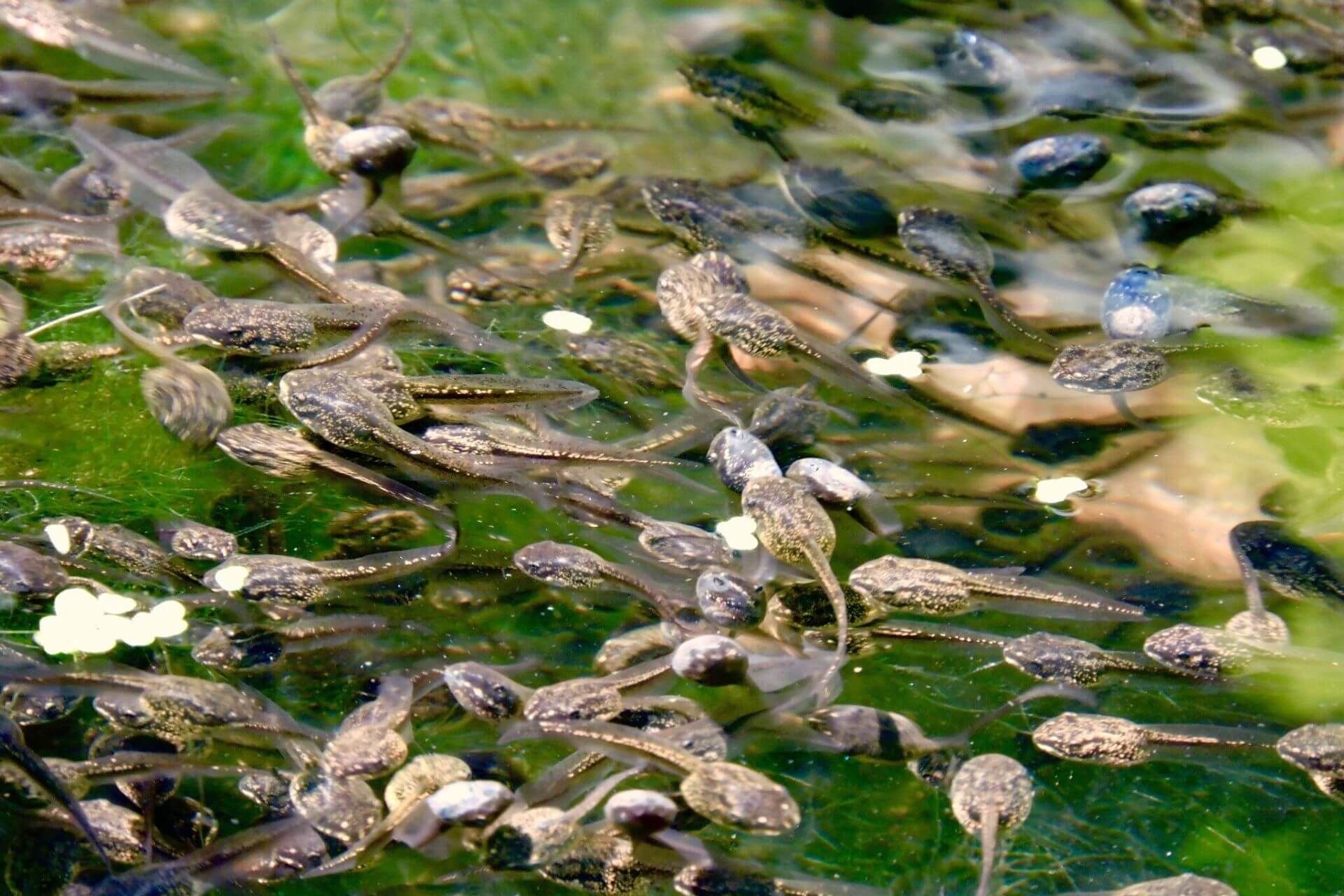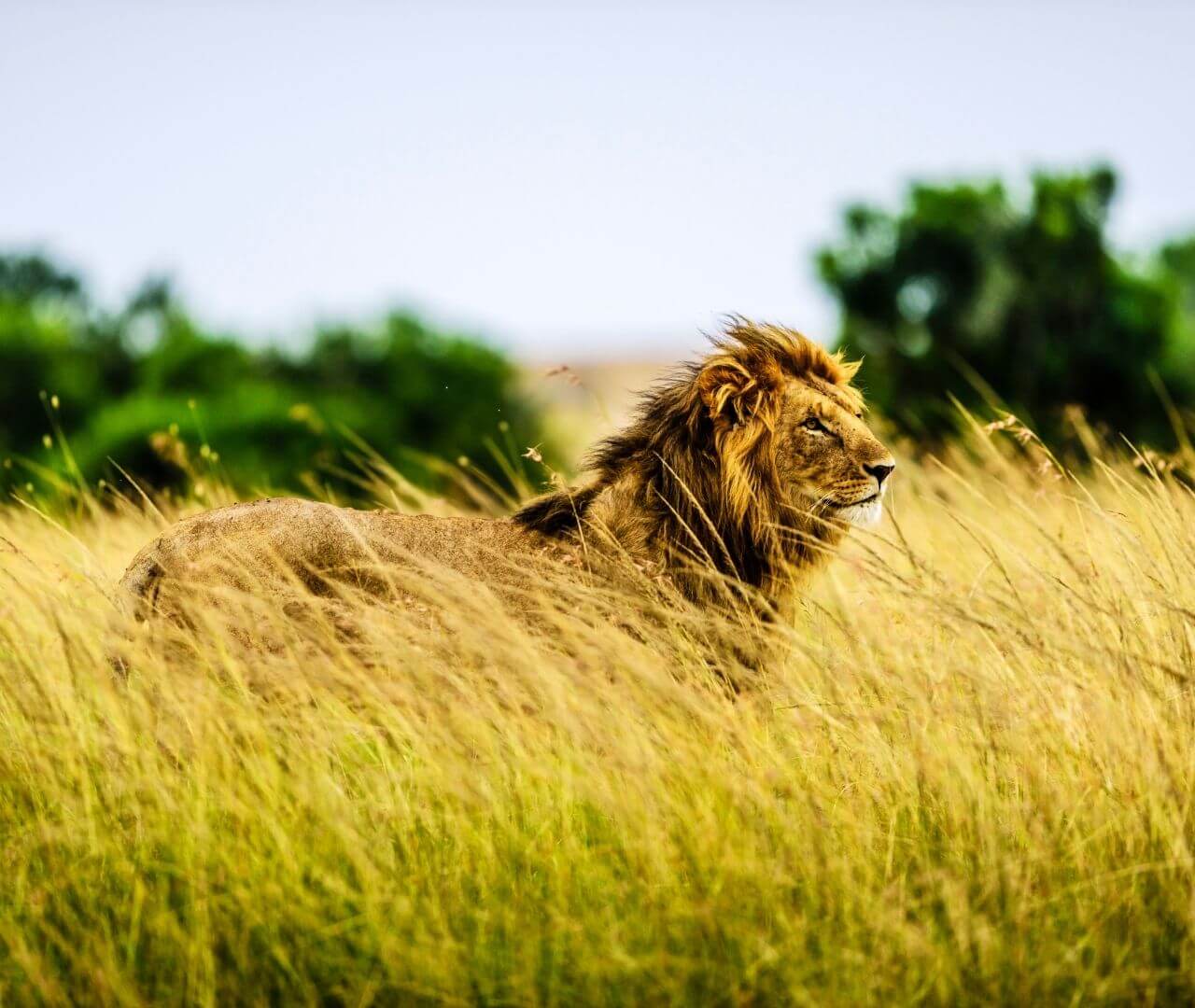Over the course of time, the world has changed greatly and continues to change every day. As the environment around us changes, plants and animals must change along with it or risk disappearing. Living organisms have needed to change their innate behaviors and their physical structures to continue thriving in their ecosystems, but how does that happen?
Let’s take a giraffe. Giraffes are known for their incredibly long necks that allow them to reach leaves high off the ground that most other animals cannot reach. The more food the giraffes get, the healthier and more successful they are in their population. The more fit giraffes are sought after for breeding, resulting in more offspring from the giraffes with taller necks. As this process continues for several generations, their necks have gotten longer, allowing them to be more successful in their environment. We call this trend natural selection, meaning that nature favors individuals who have physical and behavioral traits that help them survive and reproduce.


